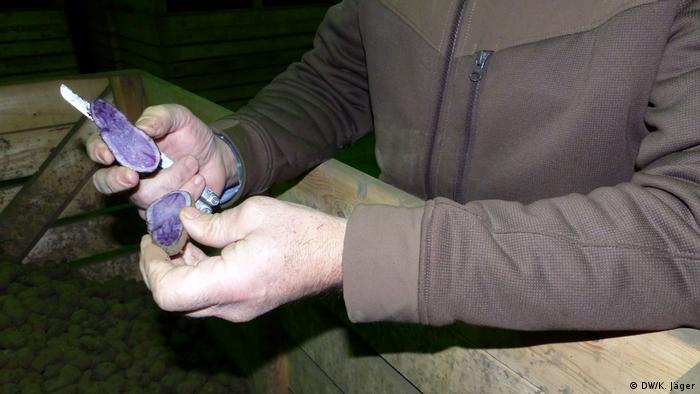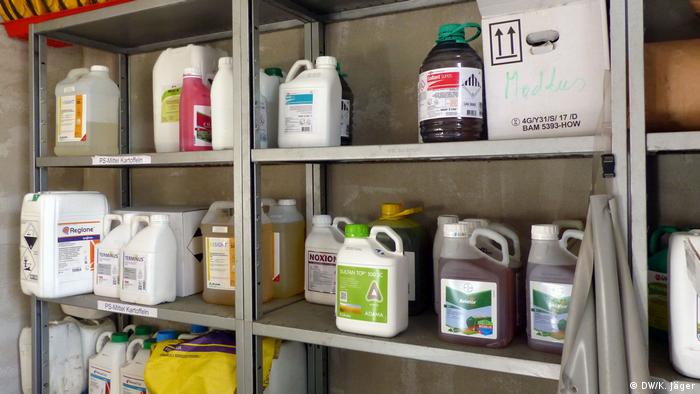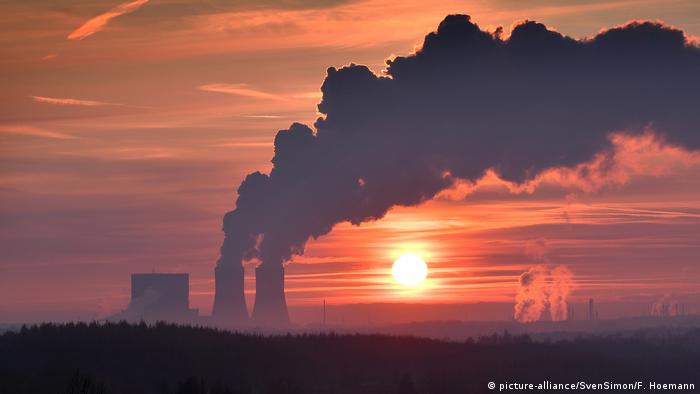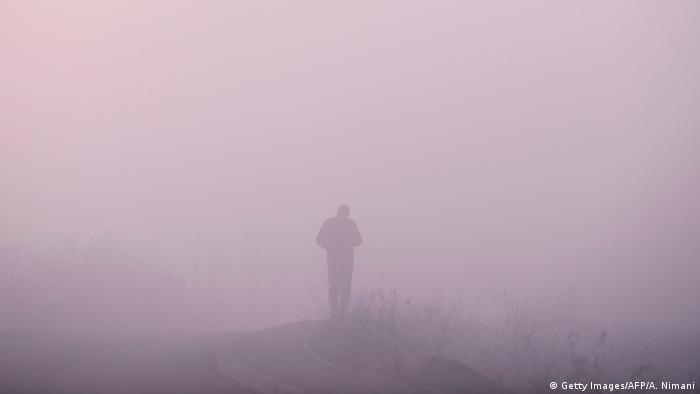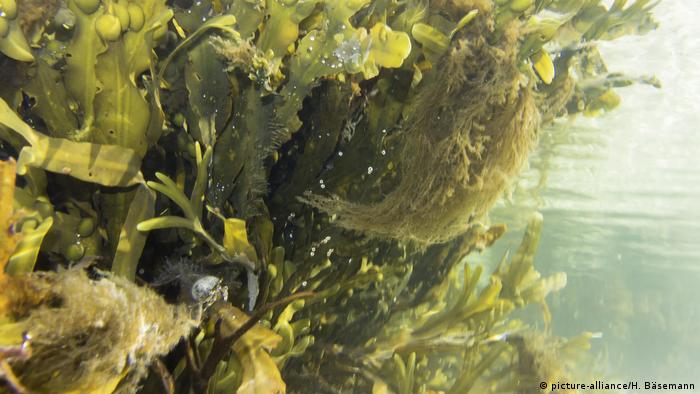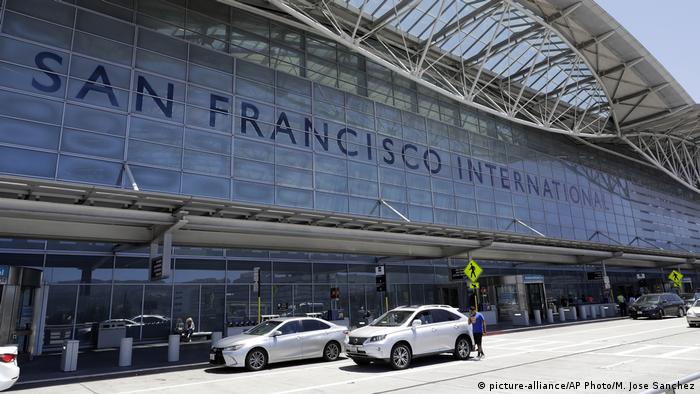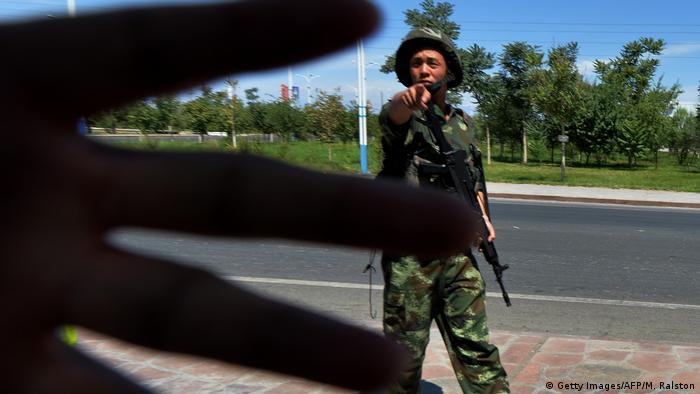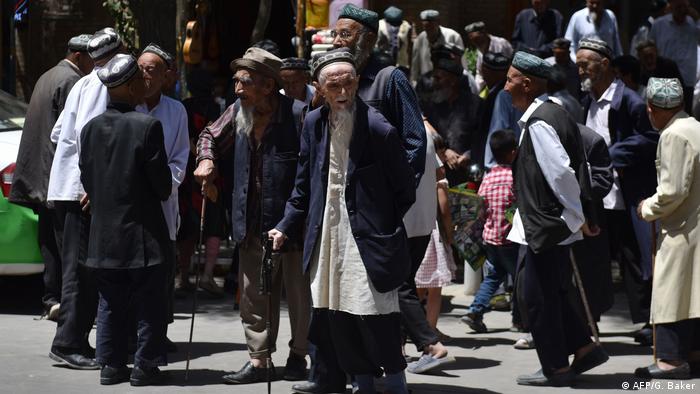‘Five-year-olds can be incredibly convincing because they are incredibly passionate’
Eleanor Busby Education Correspondent

Students at Pipers Corner School are presenting business pitches on how to be green ( Pipers Corner School )
Young people across the country have caused controversy with school walkouts to demand action on the climate crisis – but they're also forcing change inside the classroom.
As thousands of students prepare to take to the streets again this month, politicians are not the only ones under the spotlight. Pupils are demanding more from their teachers and families.
Children as young as five are presenting business pitches to schools on how to be greener, while pupils are begging their parents to stop engines running outside the school gates and calling on teachers to make school trips closer to home.
The number of eco-conscious students across the country has grown as a result of the movement led by teenage activist Greta Thunberg in recent months and the “Attenborough effect”, headteachers say.
Plastic bottles, straws and Christmas crackers are a thing of the past at some schools after student-led campaigns for the environment.
Best Global Climate Strike protest signs, Friday 27 September 2019
Show all 57
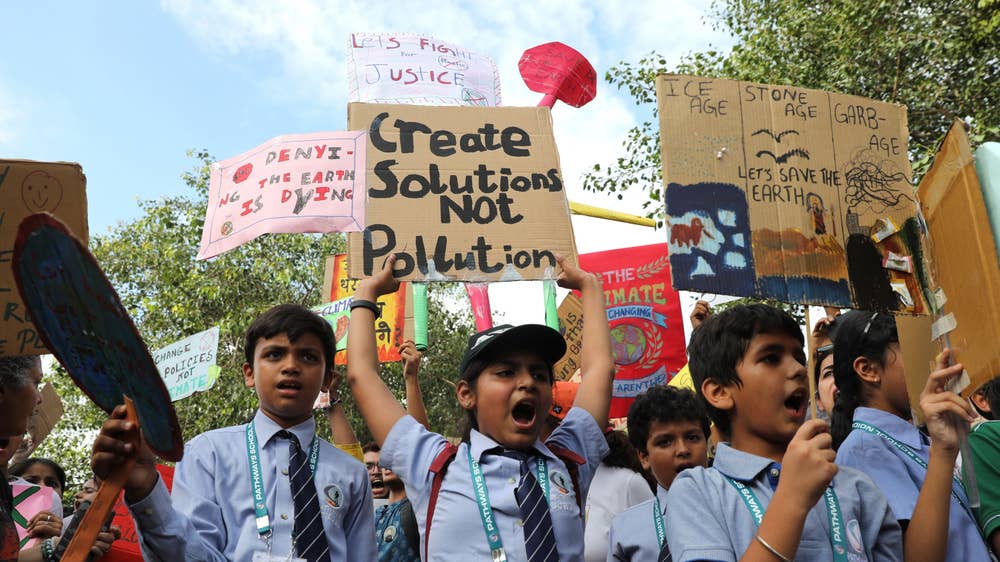
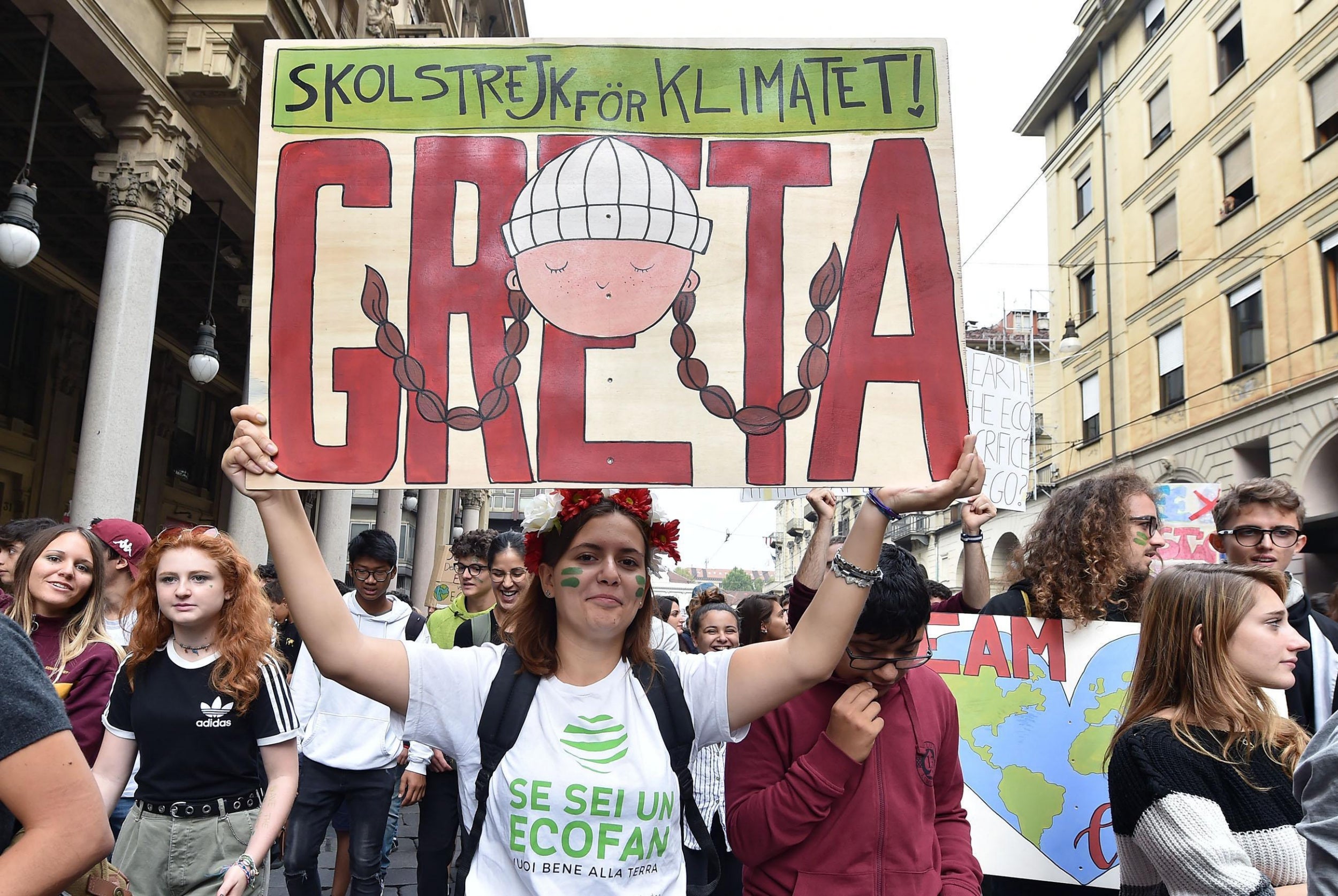
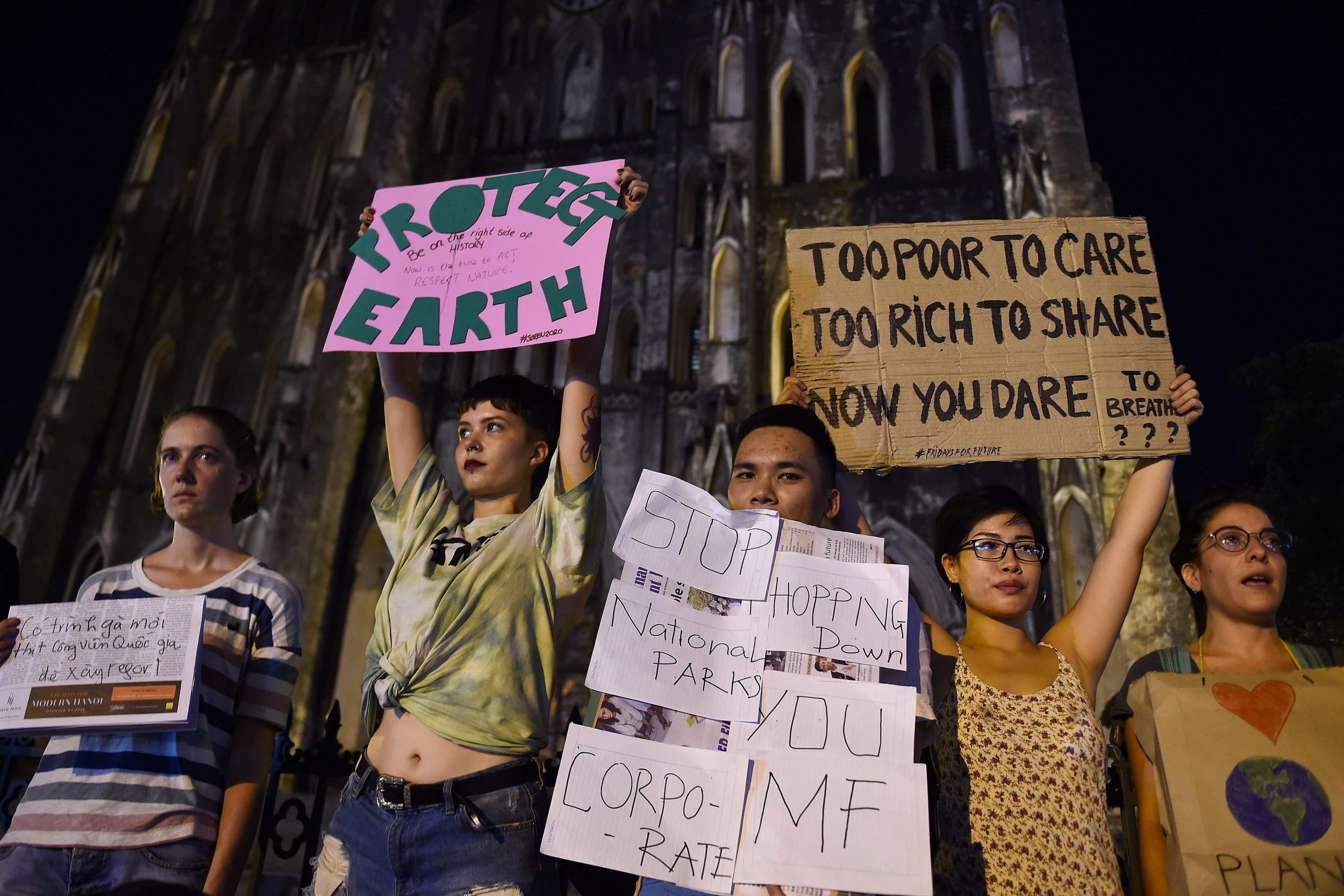
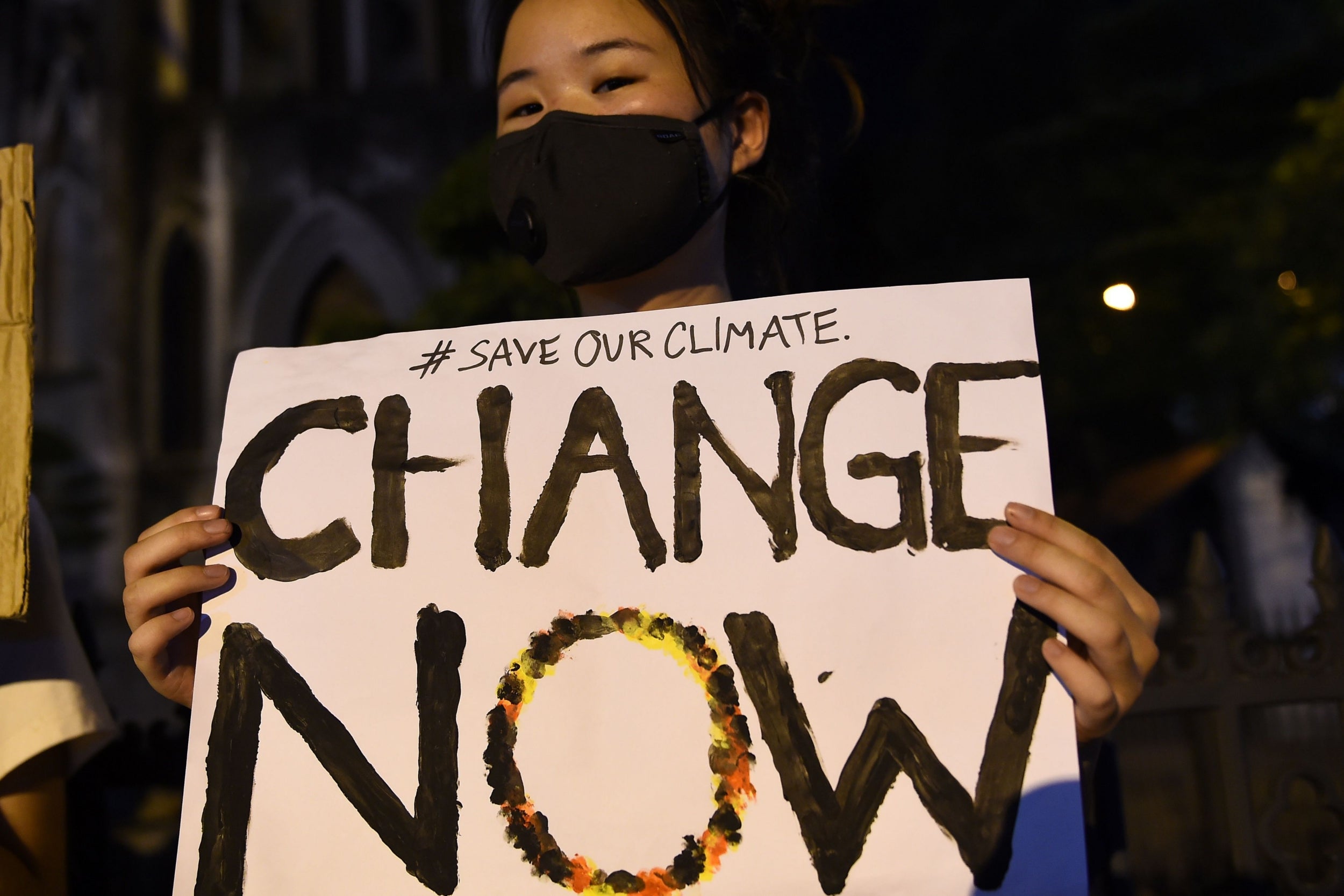
And pupils are increasingly demanding for school trips to be scaled back and for meat dishes to be replaced to reduce their carbon footprint.
Pipers Corner School, a private girls’ school in Buckinghamshire, has employed an “environmentalist in residence”, believed to be the first of its kind, to address the rising interest among students.
Phil Williams is helping teachers at the school embed lessons on climate issues across the curriculum, including in maths and psychology, and he is urging pupils to look at the school as a business.
A group of five- and six-year-olds wanted a gutter on a shed in the playground to collect rainwater to help the environment, so the headteacher asked them to present the idea to senior leaders at the school.
Helen Ness-Gifford, headteacher of Pipers Corner School, said: “There are eco-groups and teams of students as young as five-years-old who see it as absolutely vital. They are very active.”
On the bid for a gutter, she said: “It wasn’t high on the priorities of my maintenance team so I said ‘girls you are going to come in and present to my finance manager and you are going to convince him why it matters. Five-year-olds can be incredibly convincing because they are incredibly passionate.”
Read more

Schools move trips closer to home to ‘lower their carbon footprint’
Last year, her students also called for Christmas crackers to be scrapped as they did not want the plastic waste on site. The school had already decided to get rid of plastic bottles and straws.
Meanwhile, at Sheffield High School, pupils are leading a campaign against air pollution. They created posters warning parents against car idling outside the school which were displayed on roads nearby.
Nina Gunson, head of the girls’ school, said: “The posters are very emotive and they are almost following suit in some of the language that Greta Thunberg has used. ‘Turn off your engines and don’t pollute my air’.”
The headteacher said more children are sharing their “dissatisfaction” with policies through eco-committees and they are calling on their families “to be mindful of their world”.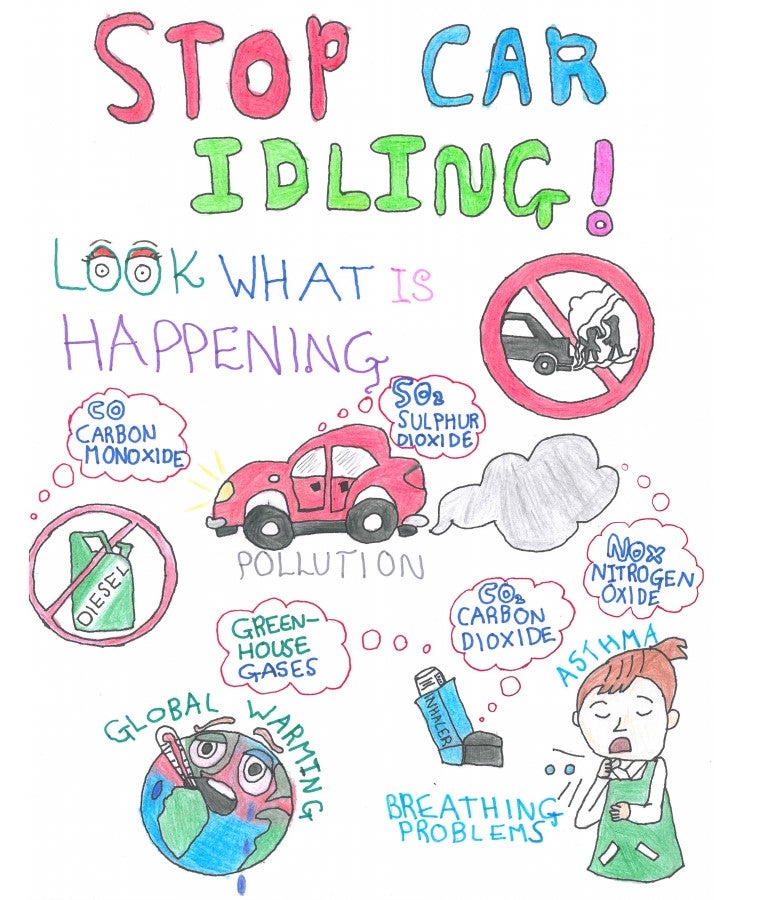
Children created posters to stop parents from engine idling (Sheffield High School)
Television programmes, like Sir David Attenborough’s Blue Planet II, have helped raise awareness among pupils of the environmental damage caused by plastic pollution. Children as young as seven at Sheffield High School recently made a business pitch to remove single-use plastics from the canteen.
And they are increasingly questioning the school’s plans for trips and long-haul flights. “Our eco-agenda has really gained more momentum in recent years. It is so important to our girls so they are really leading this more than they have done in the past,” Ms Gunson said.
Pupils now tell their classmates off if they bring in plastic bottles of water, Ms Gunson added. “Greta Thunberg is definitely having an impact but also David Attenborough has had a huge impact.”
Geoff Barton, general secretary of the Association of School and College Leaders, said: “There is certainly an increasing appetite among young people for more action on environmental issues, and schools respond to this through things like eco-committees so that it is the pupils who are themselves leading that change.
“This can involve a wide range of activities, including campaigns to save energy around the school site by switching off lights and plug sockets, encouraging parents not to leave their car engines running outside the school gates, and having a meat-free day each week.”
Last year, her students also called for Christmas crackers to be scrapped as they did not want the plastic waste on site. The school had already decided to get rid of plastic bottles and straws.
Meanwhile, at Sheffield High School, pupils are leading a campaign against air pollution. They created posters warning parents against car idling outside the school which were displayed on roads nearby.
Nina Gunson, head of the girls’ school, said: “The posters are very emotive and they are almost following suit in some of the language that Greta Thunberg has used. ‘Turn off your engines and don’t pollute my air’.”
The headteacher said more children are sharing their “dissatisfaction” with policies through eco-committees and they are calling on their families “to be mindful of their world”.

Children created posters to stop parents from engine idling (Sheffield High School)
Television programmes, like Sir David Attenborough’s Blue Planet II, have helped raise awareness among pupils of the environmental damage caused by plastic pollution. Children as young as seven at Sheffield High School recently made a business pitch to remove single-use plastics from the canteen.
And they are increasingly questioning the school’s plans for trips and long-haul flights. “Our eco-agenda has really gained more momentum in recent years. It is so important to our girls so they are really leading this more than they have done in the past,” Ms Gunson said.
Pupils now tell their classmates off if they bring in plastic bottles of water, Ms Gunson added. “Greta Thunberg is definitely having an impact but also David Attenborough has had a huge impact.”
Geoff Barton, general secretary of the Association of School and College Leaders, said: “There is certainly an increasing appetite among young people for more action on environmental issues, and schools respond to this through things like eco-committees so that it is the pupils who are themselves leading that change.
“This can involve a wide range of activities, including campaigns to save energy around the school site by switching off lights and plug sockets, encouraging parents not to leave their car engines running outside the school gates, and having a meat-free day each week.”


.webp)




